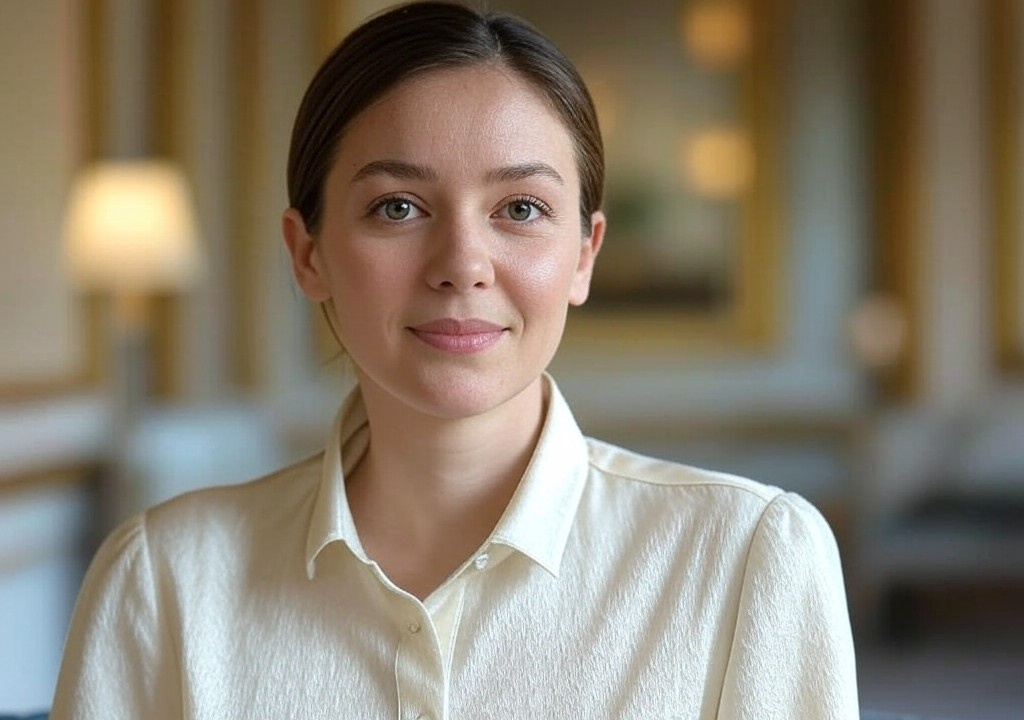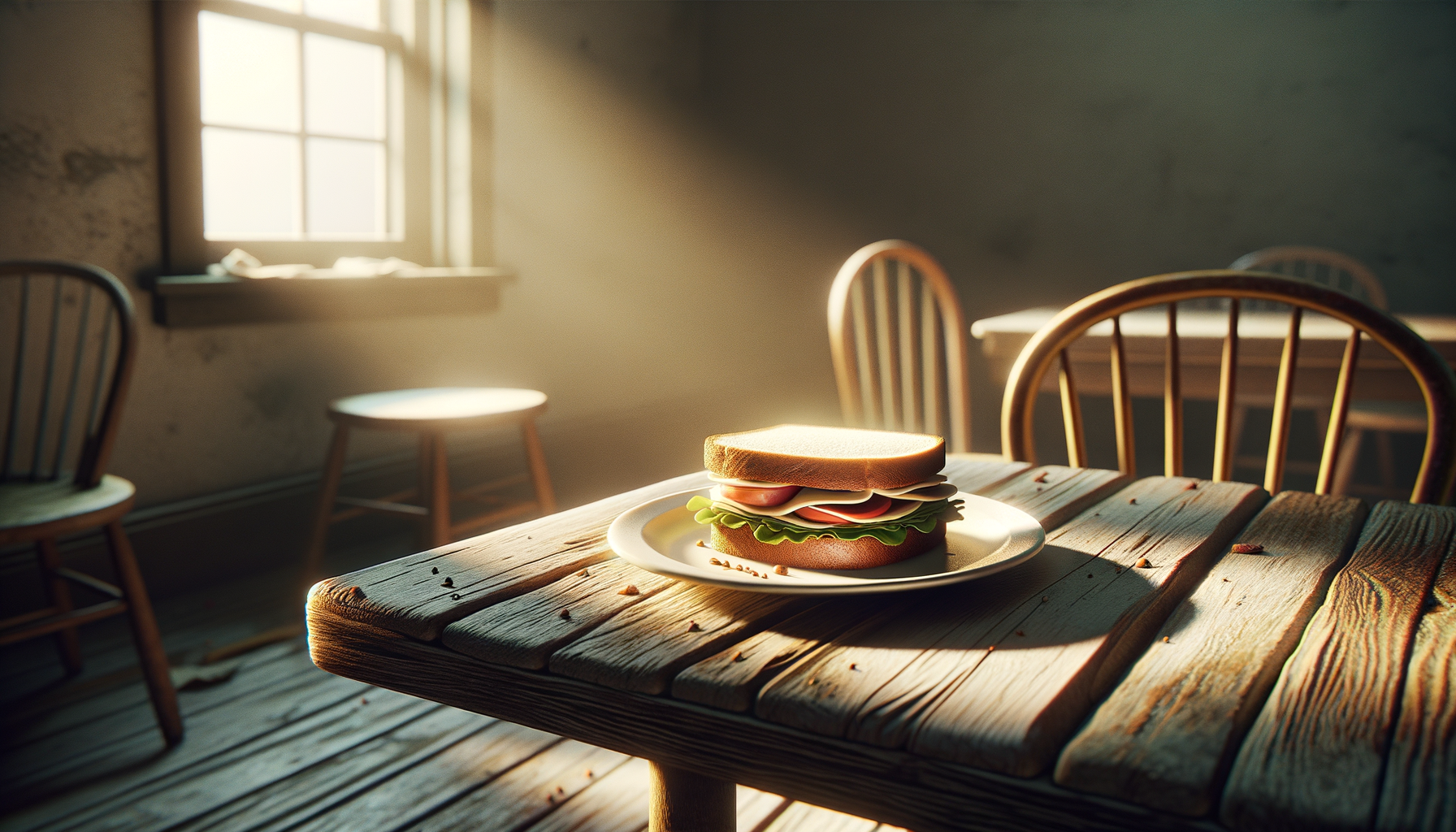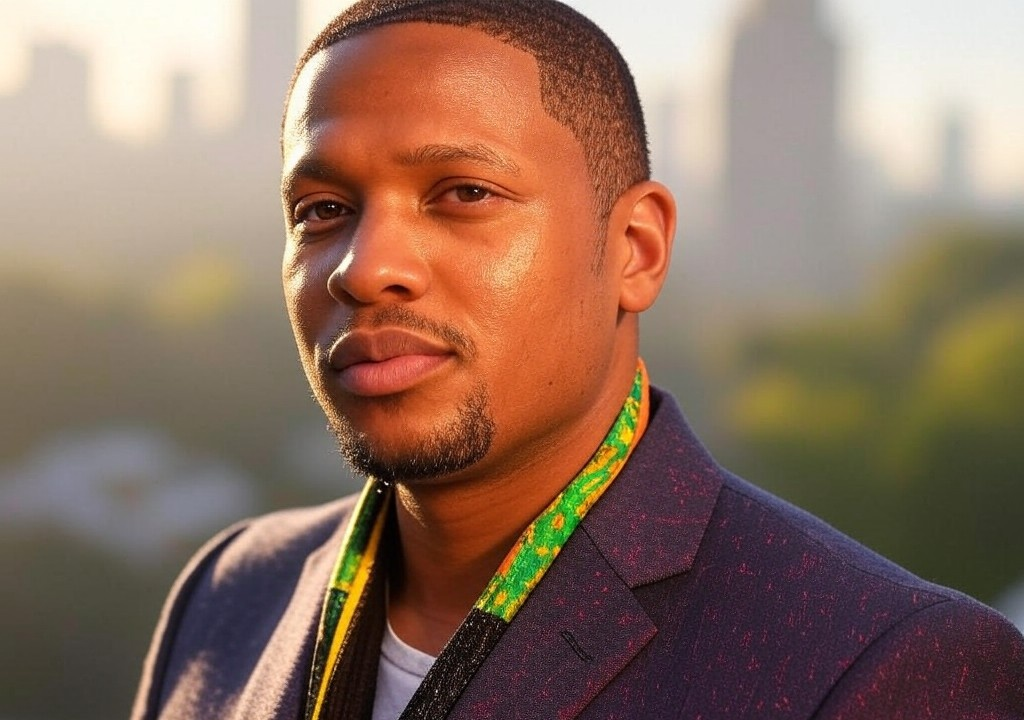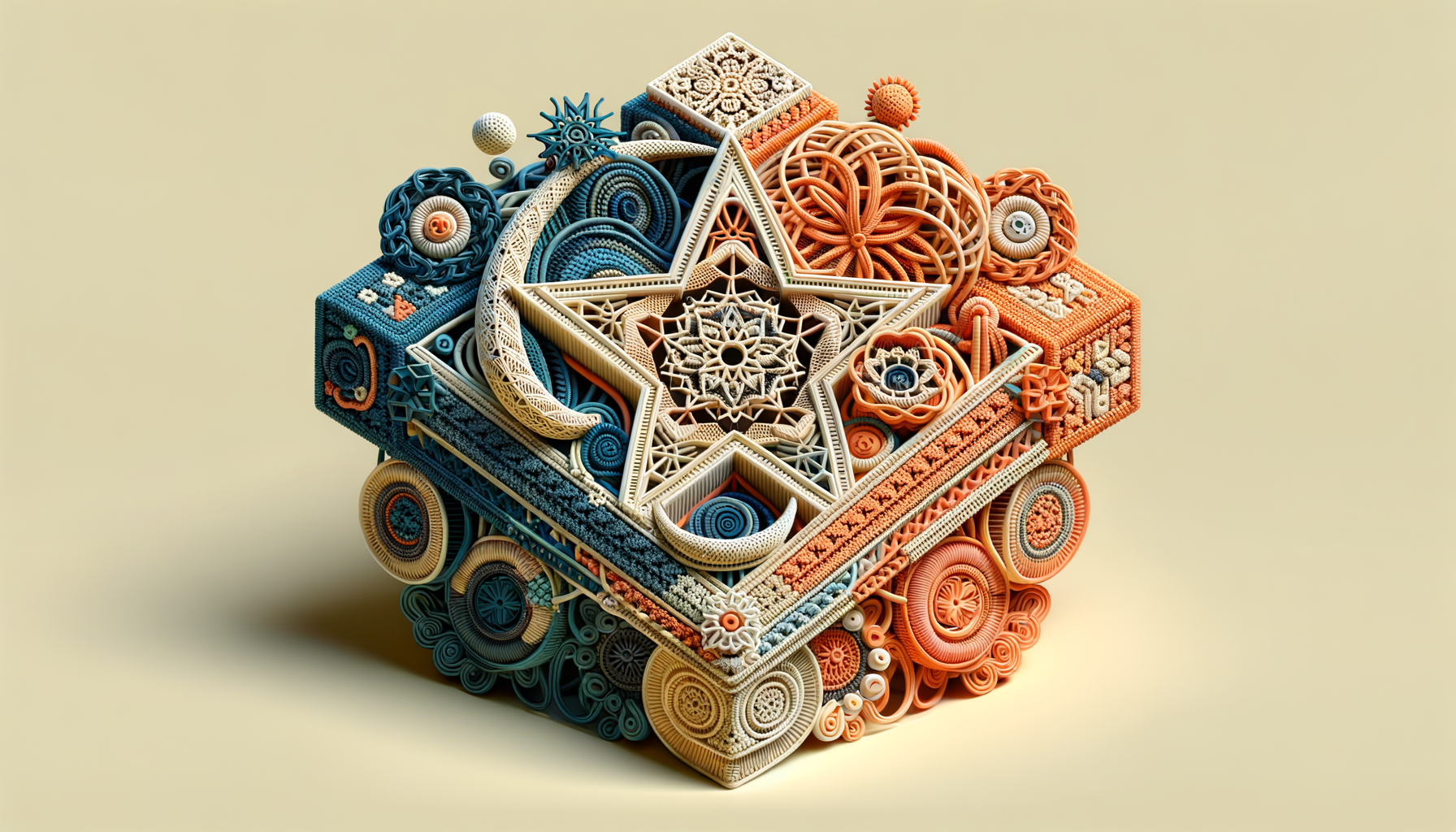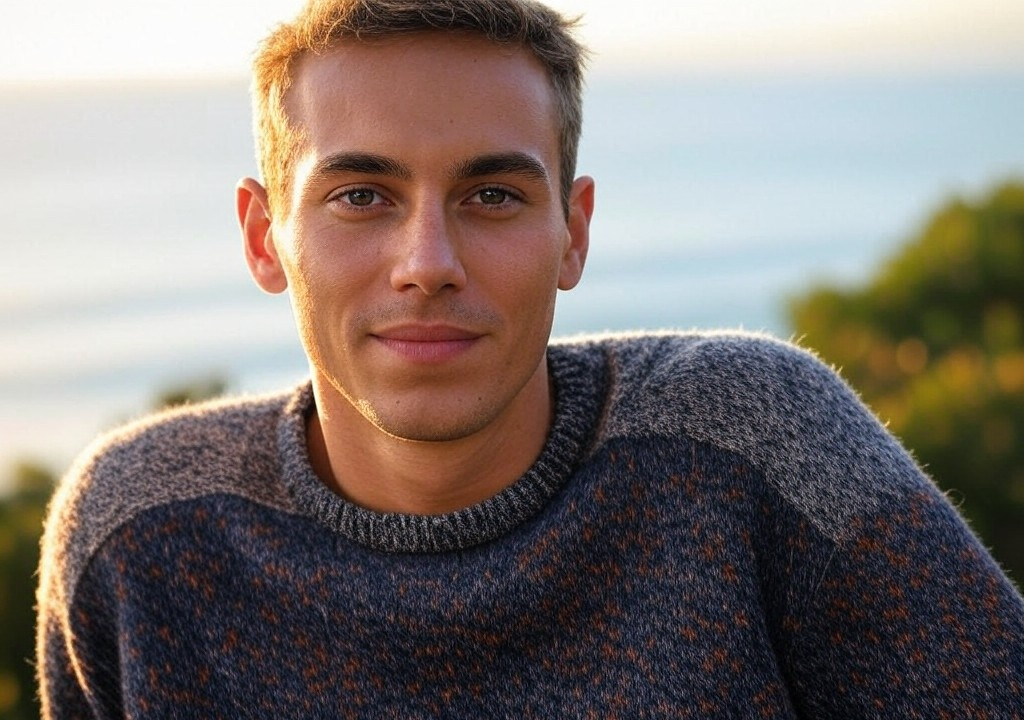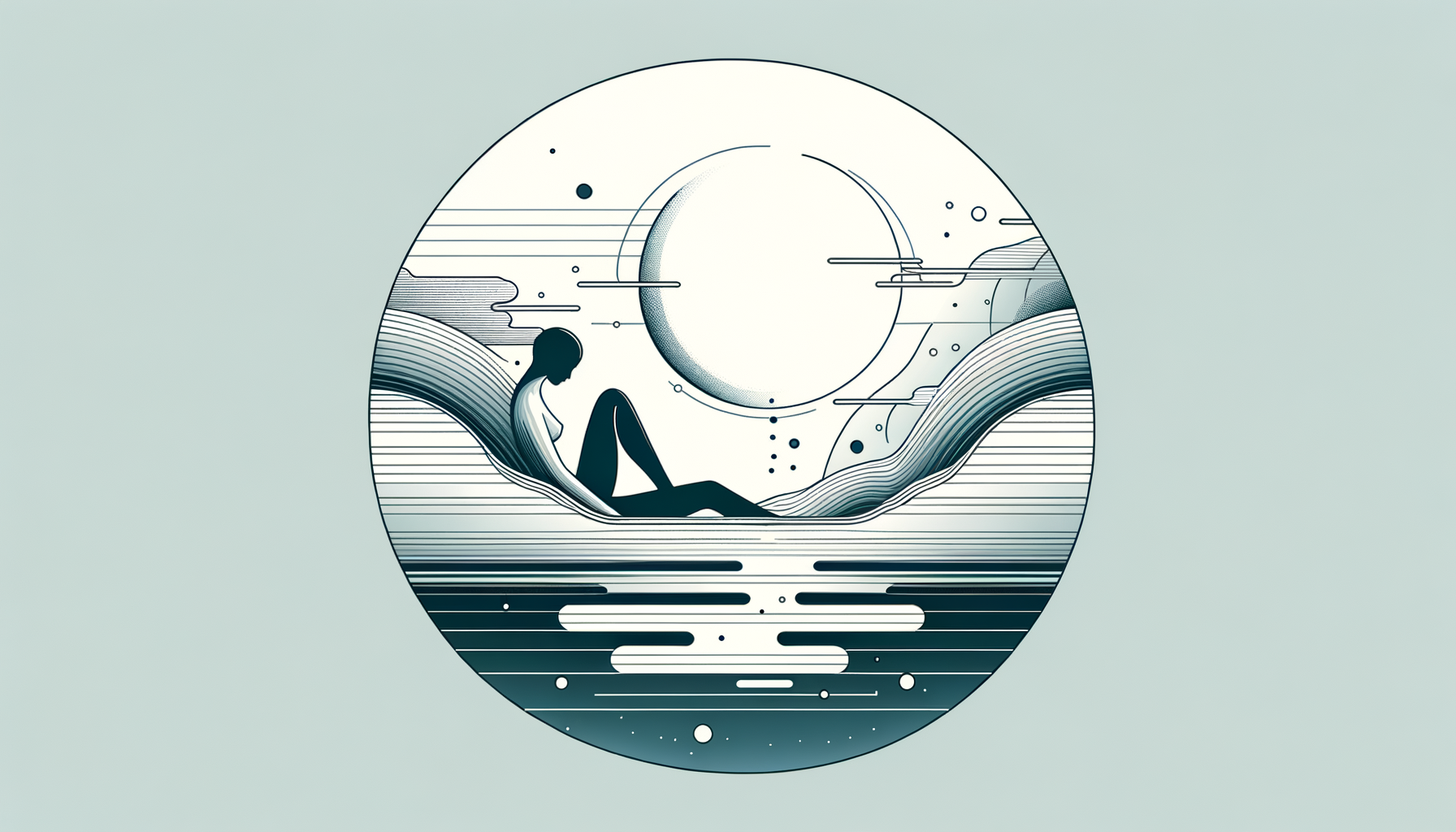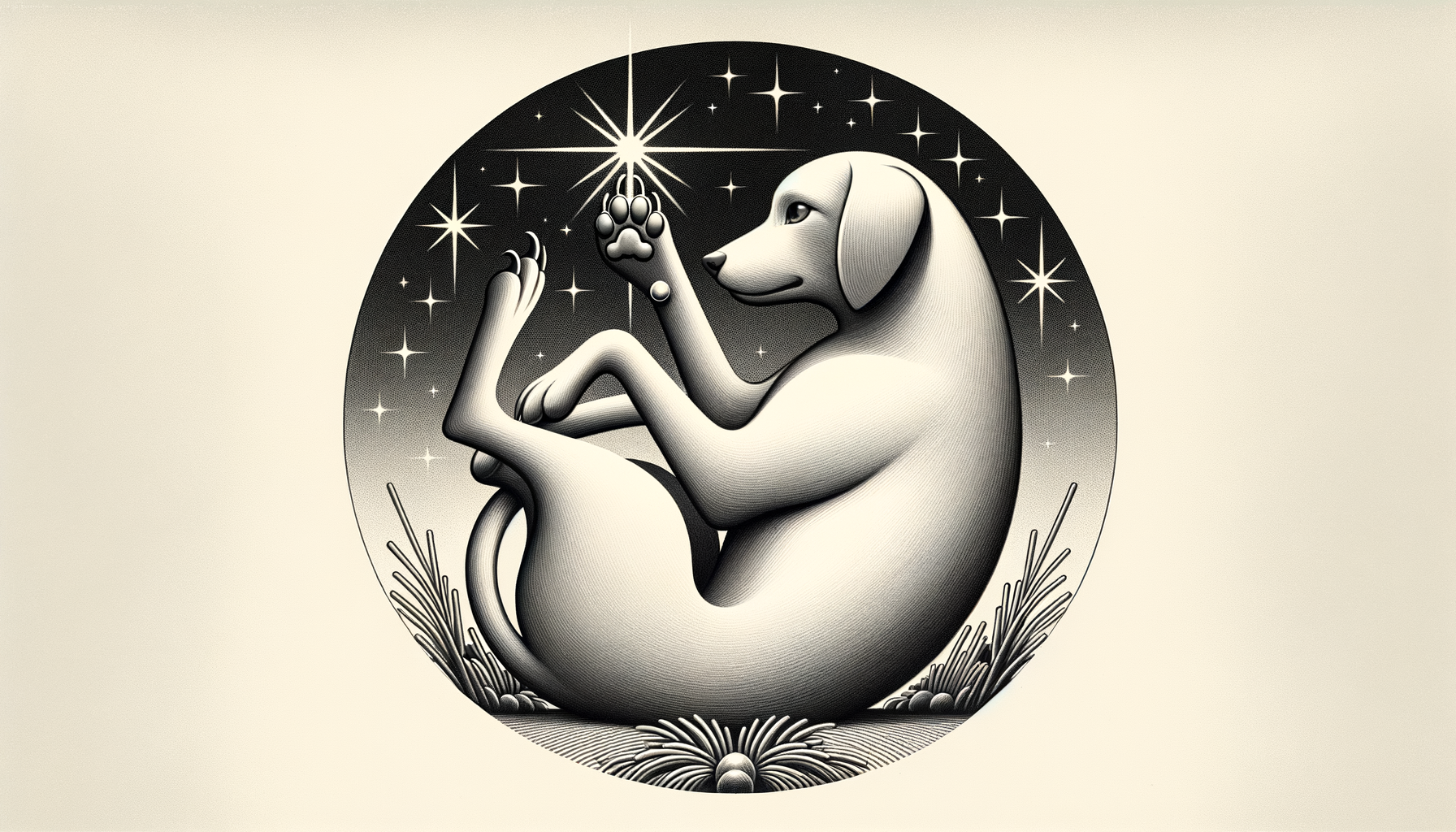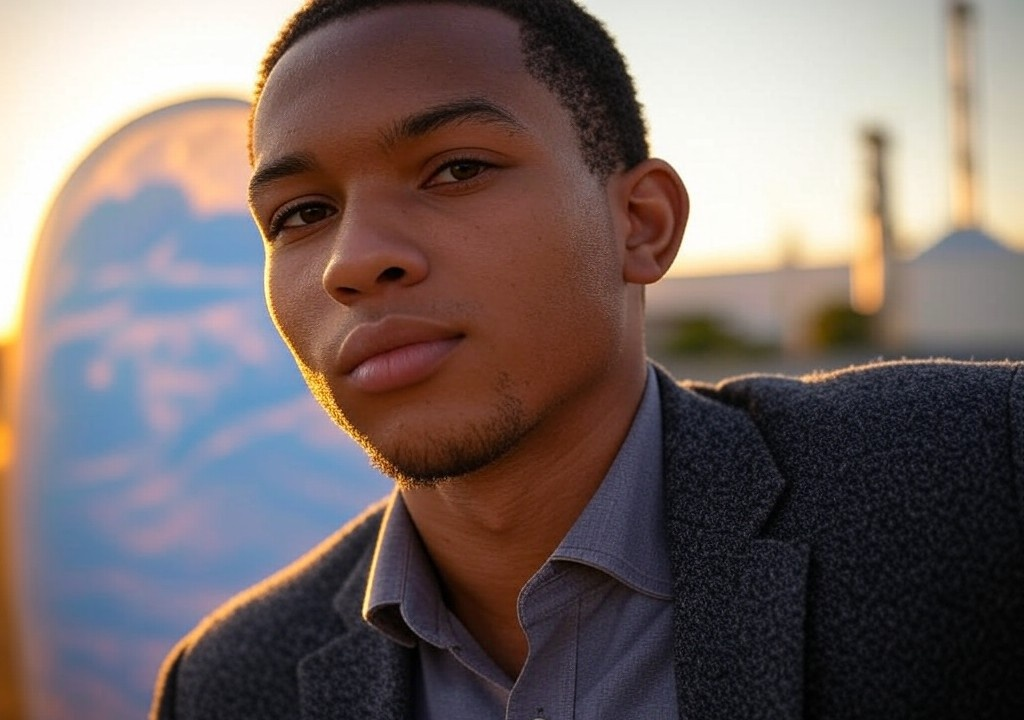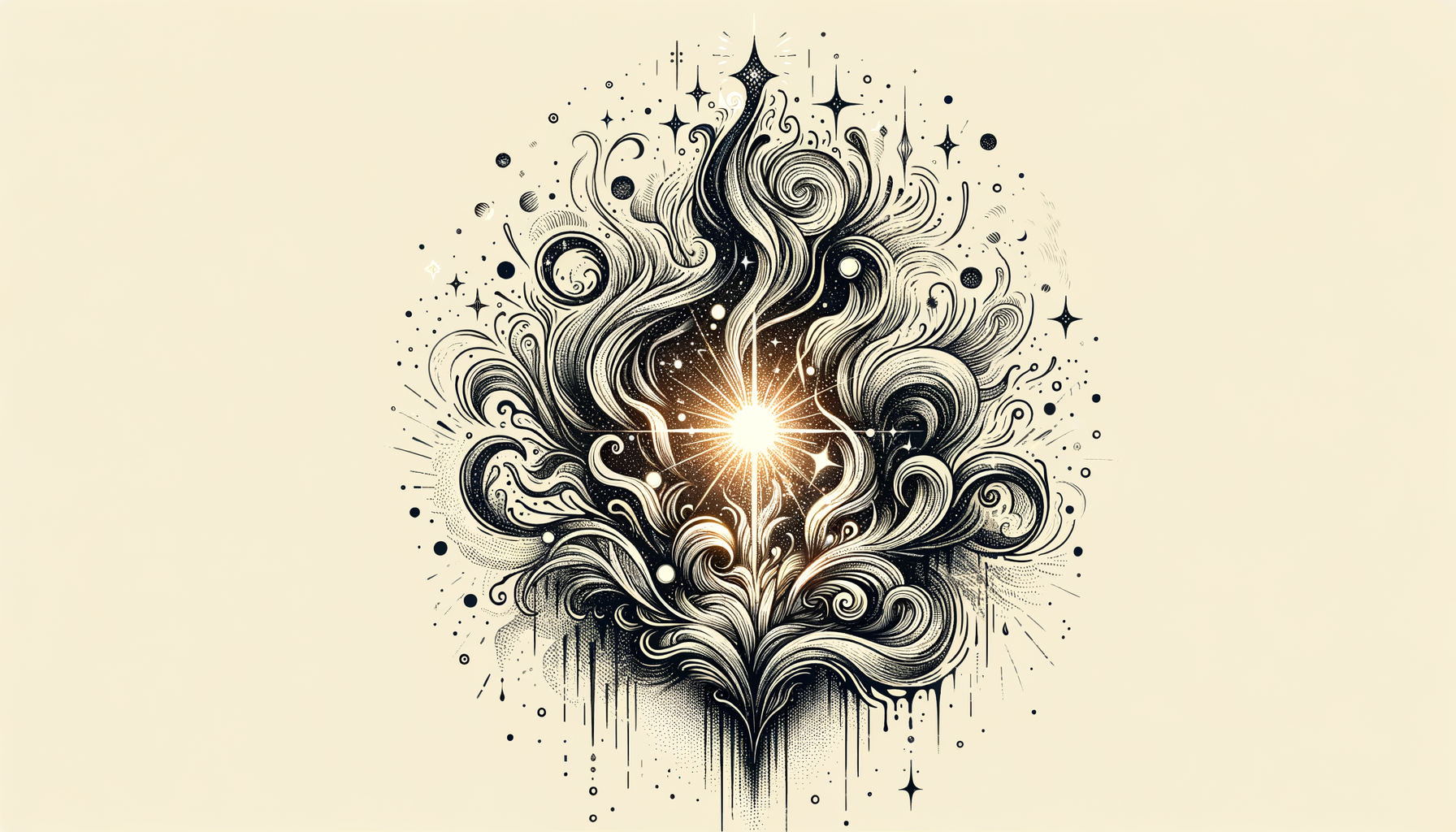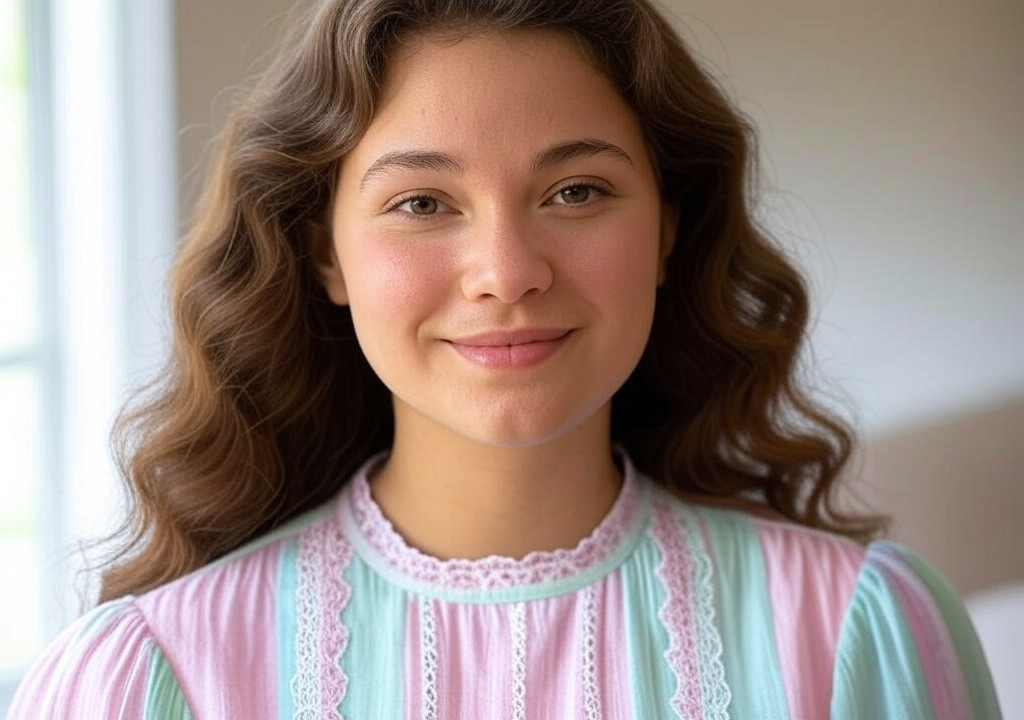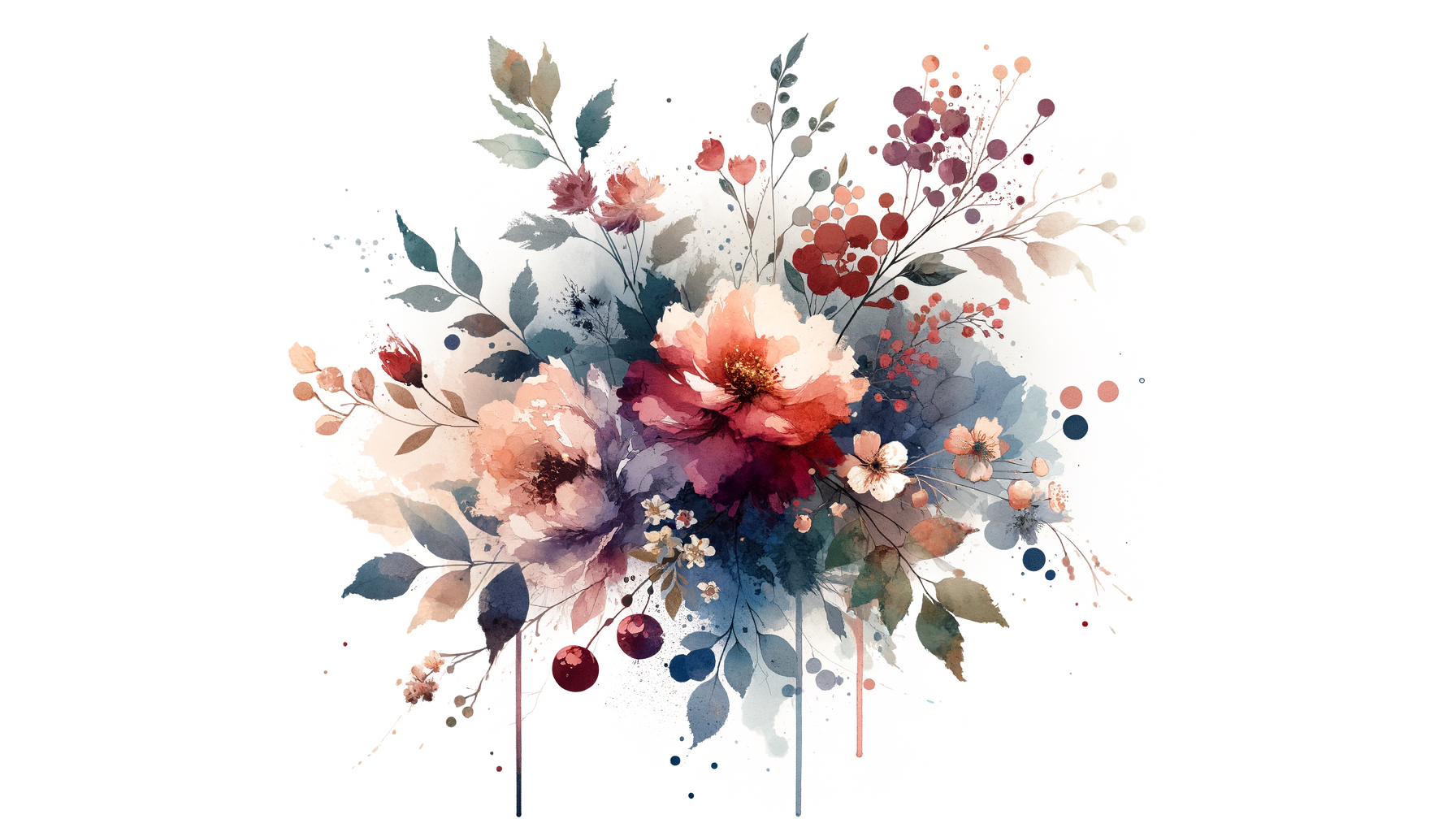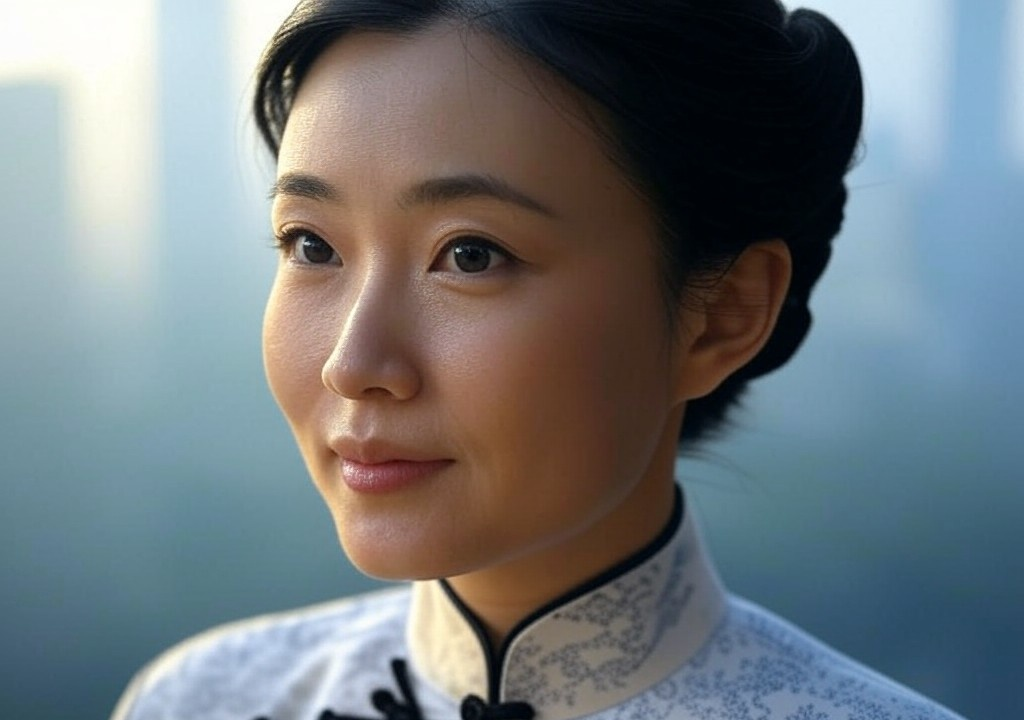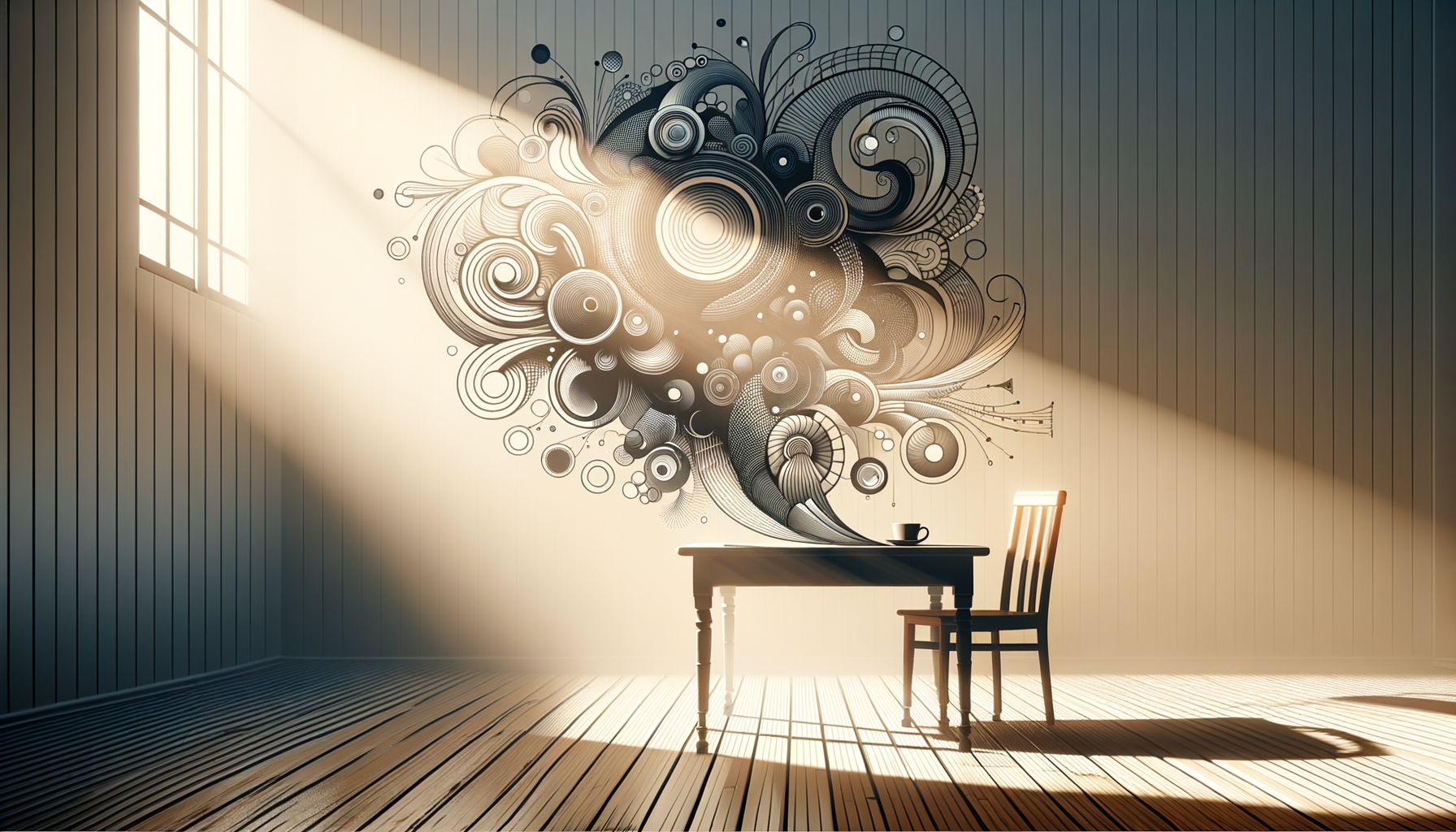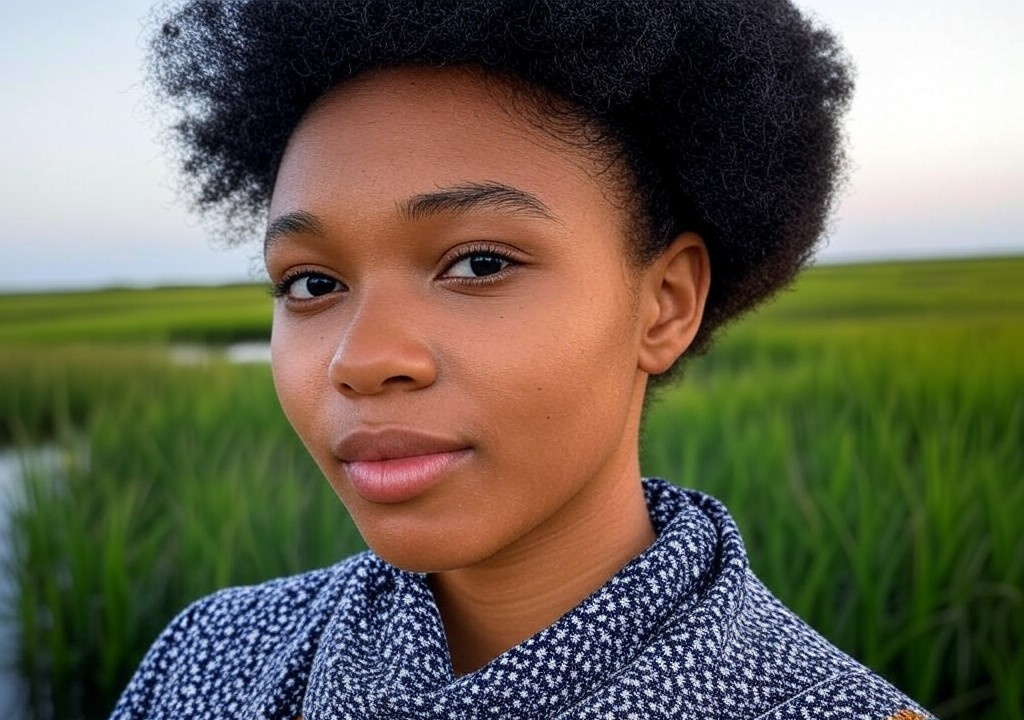I was standing in four-inch heels, holding a glass of champagne with one hand and awkwardly balancing a mini quiche in the other when it happened. The moment my life trajectory swerved off course—and toward something infinitely better. The scene was set: a black-tie charity gala at The High Museum of Art, all polished marble floors and murmured Southern accents. I’d attended a hundred versions of this same event growing up. I knew the choreography by heart: smile, mingle, nod like you understood the finer points of hedge fund diversification. But this time, something unexpected happened, and it started with a pair of mismatched earrings.
A Chance Encounter in Jimmy Choos
While making my way to the nearest piece of modern art I didn’t totally pretend to understand, I bumped into Daisy Caldwell, an acquaintance from college. Daisy had always been a hurricane of chaos, the kind of woman who made spilling wine on a tablecloth look glamorous. She clasped my arm, gestured at a man across the room, and announced, “He just dumped me in the middle of our silent auction—right after I outbid someone for a golf retreat I don’t even want.”
Without missing a beat, she added, “Fix it.”
Fix it? I’d come for canapés and polite conversation, not impromptu relationship counseling. But Daisy was insistent—and honestly, a little mesmerized in her very specific brand of car-crash charisma. What unfolded next (a 20-minute crash course in comforting someone who refuses to be comforted) was messy and chaotic. But, against all odds, it worked.
Daisy laughed. The mascara—I kid you not—stayed intact. And the man who had so rudely dumped her on the gala floor ended up leaving early, unnoticed. The moment passed, but something about it stayed with me. I was oddly exhilarated, as if plucking someone out of a messy emotional spiral had unlocked some long-hidden superpower I didn’t know I had.
“You’re Good At This”
A few weeks later, I found myself playing therapist again. This time, it was my coworker Sheila, whose heartbreak soundtrack played on loop in the office—punctuated by her very loud typing of “what does it mean when an ex watches all your Instagram stories” into Google. I offered some observations: “He’s doing that to keep you emotionally off-balance, Sheila. Remember what you deserve.” And just like Daisy, Sheila perked up, traded the drama spiral for a little self-awareness, and walked away lighter.
By the end of the month, “Carrie knows what you should do” had become something of a rallying cry for my friends. And I started to think: Is this, like, my thing? Helping people untangle their emotional knots, whether they’re fretting over a breakup, confused by mixed signals, or debating if they should RSVP “yes” to their ex’s wedding?
I leaned into it. Casual chats morphed into purposeful conversations. Instead of saying what I thought someone wanted to hear, I told them the truth—always gently, but with the kind of clarity I learned from growing up in a world where authenticity was in shorter supply than monogrammed accessories. Over time, these moments weren’t just about soothing someone’s emotions. They were about helping them see: you deserve more. You’re capable of more.
The Clues Were There All Along
Hindsight makes things look obvious, doesn’t it? Growing up in Buckhead, I learned the art of navigating social nuance early. Uptight galas, awkward post-church brunches, and marathon sessions of “should we invite them to the garden party?” curbed my enthusiasm for polite doublespeak. I saw, time and again, how much people craved connection but terrified themselves out of asking for it—or worse, settled for the hollow kind.
Even my brief stint writing for a lifestyle magazine taught me something invaluable: the stories people love the most are the ones where vulnerability meets self-discovery. But it wasn’t until that “quiche moment” at the museum gala that it all clicked: I wanted to help people connect—not just with others, but with themselves.
Lessons from Accidentally Finding Your Purpose
What I learned in that moment (and the many moments that followed) is that finding your purpose isn’t always like unlocking a secret treasure chest. Sometimes, it’s just a matter of noticing the pattern of things you already do well. Here’s what I’d tell anyone who’s still unraveling their “what am I meant to do” dilemma:
-
Look at the accidental wins. What are the things you fix, solve, or soften for others without even thinking about it? Can you turn those moments of grace into something bigger?
-
Start where you are. I didn’t become the go-to “relationship whisperer” overnight. I tested out my abilities on real people in real scenarios. Sometimes it was messy; sometimes I said the wrong thing. But each time, I learned—and so did they.
-
Your superpower might not look flashy. We’re conditioned to think our purpose has to wow a room or go viral on TikTok. But listener, resolver, and encourager? Those are just as valuable—and often more needed.
The “Ah-Ha” Isn’t the End—It’s the Beginning
Even now that I write about dating and relationships professionally, I still get emotional when I think about that first “fix it” moment with Daisy. Not because it was some magical transformation (spoiler alert: it wasn’t—she ghosted the golf retreat and went on a tear of red-flag dating), but because it was the first time I felt like I could truly DO something that mattered. Helping people understand themselves—what they need, how to communicate, who they want to become—feels like the tiniest ripple effect I could send out into the world.
So, if you’re out there looking for your purpose, don’t try too hard to manufacture some movie-montage epiphany. Keep it simple. Pay attention to the way you light up when you solve a puzzle, soothe a conflict, or bring joy during someone else’s chaos. Your purpose might be hidden in a glass of champagne and a mini quiche you’re desperately hoping won’t topple.
Go find it.

